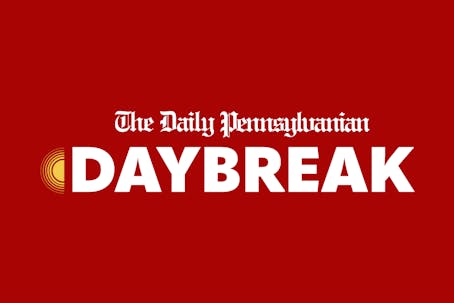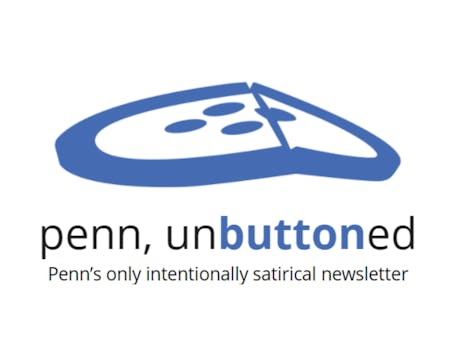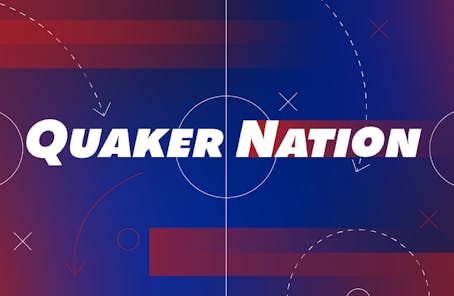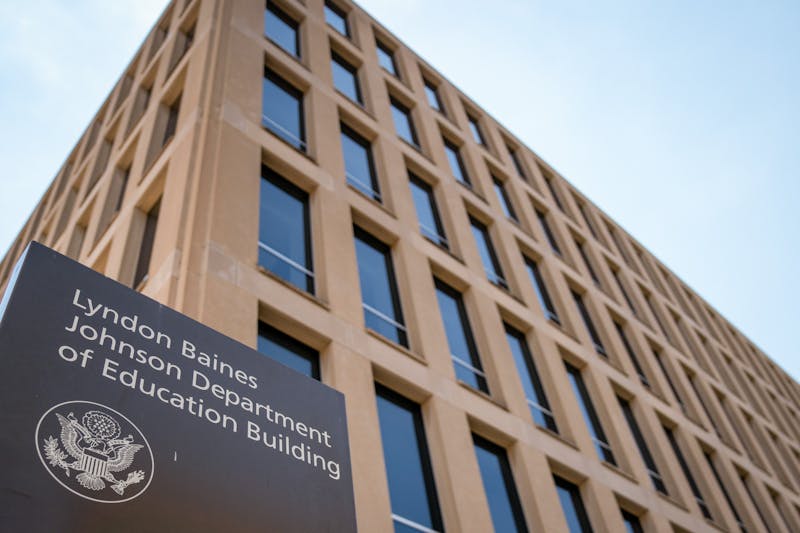As Penn prepares to deal with Monday's student loan settlement, questions continue to emerge about how the University's relationship with Citibank developed.
Within the next few weeks, Penn will redistribute $1.6 million to students who have taken out Citibank loans through the CitiAssist program over the past two years.
The move follows New York Attorney General Andrew Cuomo's discovery that Penn had an undisclosed program with Citibank in which the University received 2 percent of each student loan in exchange for directing students to CitiAssist.
After reaching a settlement with Cuomo to stop the practices and redistribute the money, the University will now no longer accept the 2 percent fee and will otherwise continue its relationship with Citibank.
But the controversial exchange between the University and Citibank has raised concerns over how the partnership began.
Penn was already engaged in a relationship with Citibank when the University first broached the idea of obtaining increased funding from the company in 2005. Penn - which was already recommending Citibank's loan program to students but without receiving compensation - set out to see if it could get more from the agreement.
Though initially cautious, Citibank eventually agreed to a deal in which Penn would receive 2 percent of all domestic- and credit-based loans that students took out, in exchange for Penn's recommendations to students.
Penn put this money toward improving financial aid; the problem, Cuomo says, is that Penn kept these conditions secret.
"It never crossed our minds that disclosure was an issue, but it is an issue," Associate Vice President for Finance Frank Claus said, adding that Penn should have disclosed its agreement.
Those affected agree.
"I think it's kind of manipulative," said College freshman Nick Marotta, who took out a loan through CitiAssist.
"The money they got was a result of students who took out loans from Citibank, and then they funneled it back into financial aid to pay for students so they didn't have to take out loans," he said.
Penn first came to Citibank in 2001 after ending a four-year partnership with PNC Bank.
The University had begun working with PNC in 1997 in order to address problems facing the Wharton MBA program, which needed a way for international students to take out loans.
International students "can't get a loan unless they have a domestic co-signer," so the University had to sign for them, Executive Vice President Craig Carnaroli said.
Under PNC, students could receive loans as long as the University accepted all of the risks attached to the agreement.
If a student did not pay a loan back, Penn was responsible for paying it, Claus said.
But, over time, this risk became difficult for Penn to bear by itself, and so the University eventually switched to a similar program with Citibank, which offered to share the risk with Penn.
"We also wanted to get a better rate for our students," Claus said.
Now, following Cuomo's allegations, Penn officials point out that students were always aware of their loan options.
"On the Web site, there's a list of [other] programs," Carnaroli said. "If a student came to the financial aid office, they would be told, 'We have this CitiAssist program, but you have options.'"
Marotta added that the CitiAssist loan was a recommendation, not a requirement.
Penn officials are backing their decision to redistribute the funds.
"It was important that we do this for transparency's sake," Penn President Amy Gutmann said.
Students will be able to check on PennPortal within a few weeks to see if they are entitled to a payment.
The Daily Pennsylvanian is an independent, student-run newspaper. Please consider making a donation to support the coverage that shapes the University. Your generosity ensures a future of strong journalism at Penn.
DonatePlease note All comments are eligible for publication in The Daily Pennsylvanian.






